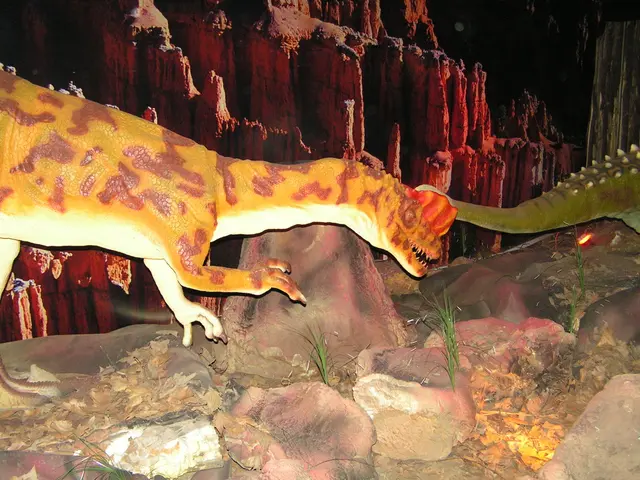Strategies to Minimize Intake of BPA and Hormone-Altering Compounds in Your Food Intake
Published on April 7, 2011
By Greg Seaman
As spring arrives, it's time to prepare your garden for a bountiful harvest. Here are some recommended gardening essentials to help you get started:
Raised Garden Beds: Choose beds that suit your space, shape, and colour preferences to enjoy fall and spring crops year-round. Raised beds provide better soil control, drainage, warmth, and reduce weeds and strain on your back and knees. For filling raised beds inexpensively, fill halfway or three-quarters with soil to save costs, using 8 inches of soil for shallow-rooted plants and 12-17 inches for deeper-rooted crops like tomatoes and carrots. Amend soil with compost and fertilizer as needed.
Composters: While specific composters from 2011 are not detailed in the search results, modern methods recommend well-sealed, manageable compost bins or tumblers that facilitate decomposition to enrich garden soil effectively.
Fertilizers: Apply fertilizer midseason by scattering near the base of plants and watering it in to boost vegetable growth and yields. Organic amendments such as compost combined with balanced fertilizers appropriate for the vegetables planted are recommended. Consultation with local extension services, like OSU Extension, can provide region-specific fertilizer advice.
Gardening Tools: Essential tools for raised bed gardening include gloves, trowels, small shovels, watering cans or hoses, pruning shears, and for bed maintenance, sandpaper, stain or paint for rejuvenation, plastic liners, drills, and staple guns to maintain or refurbish raised beds. Removing diseased plants and thoroughly cleaning beds is critical to prevent future plant health issues.
Some of the products discussed in the article include:
- The Jora JK270 Composter, which has a capacity of 9.5 cubic feet.
- The Worm Factory 360 Composter, another product mentioned.
- The VegTrug Raised Garden Planter, made of natural wood.
- The Natural Cedar Raised Garden Beds from Farmstead.
- Wildflower Farms offers Eco-Lawn Grass Seed in 5-pound bags.
- A Premium Drinking Water Safe Garden Hose - Slim 7/16" is also mentioned.
- Corn Gluten Organic Fertilizer is available in a 40-pound bag.
Overall, for spring planting in raised beds, focus on appropriately sized and constructed beds filled with quality amended soil, use organic compost and midseason fertilizers, and maintain garden tools in good condition to manage beds effectively.
In the realm of sustainable living, integrating science plays a crucial role in enhancing health-and-wellness. For instance, understanding the optimal soil composition for raised garden beds aids in the growth of bountiful crops. This knowledge includes the importance of amending soil with compost and fertilizer, such as the use of composters like the Jora JK270 or the Worm Factory 360. Additionally, incorporating fitness-and-exercise into gardening tasks, like maintaining beds with tools and removing diseased plants, promotes a holistic health-and-wellness lifestyle. Furthermore, the careful selection of plants based on nutrition ensures a diet rich in vital vitamins and minerals, similar to choosing shallow-rooted plants for 8 inches of soil and deeper-rooted crops for 12-17 inches. This approach to gardening offers a clear link between science, health-and-wellness, and nutrition.







